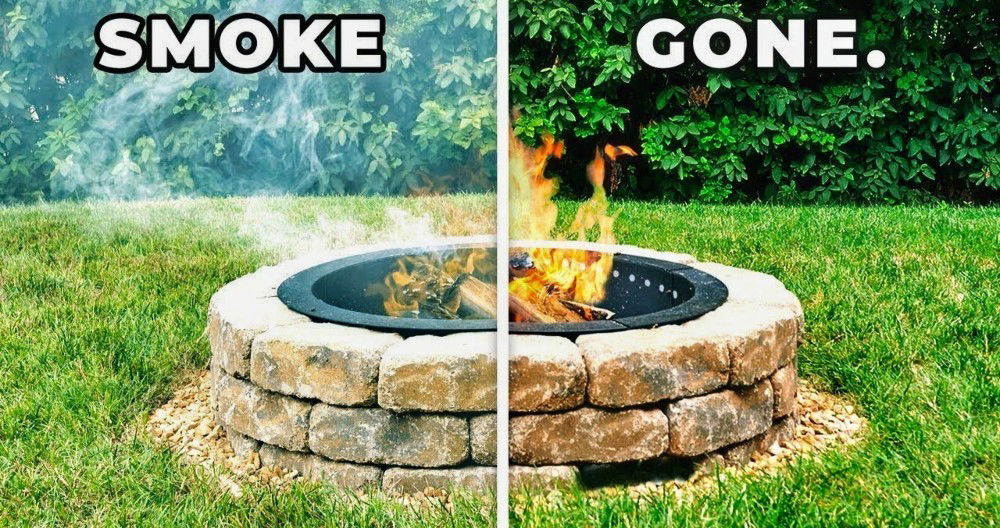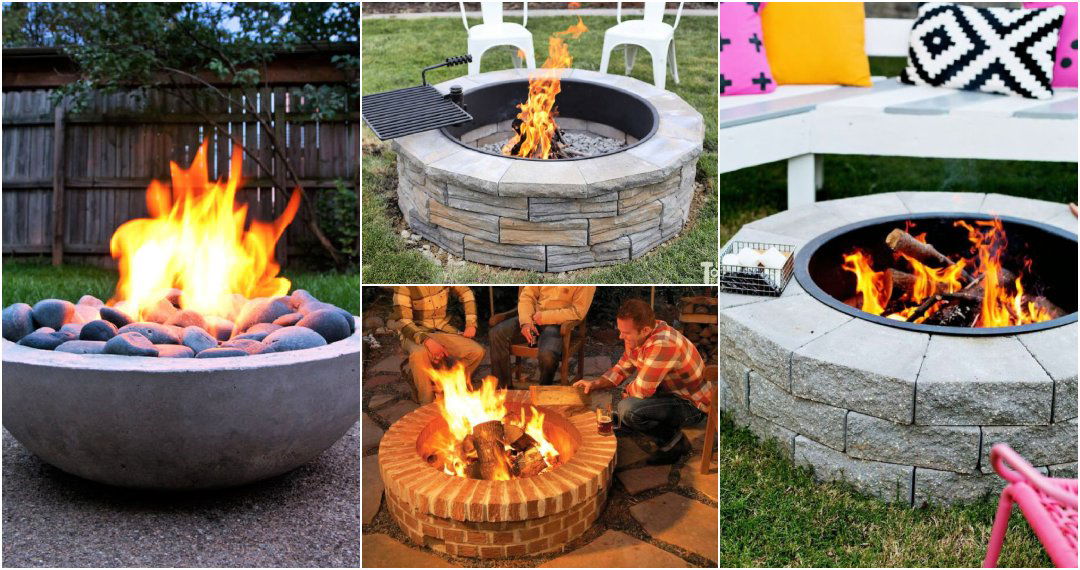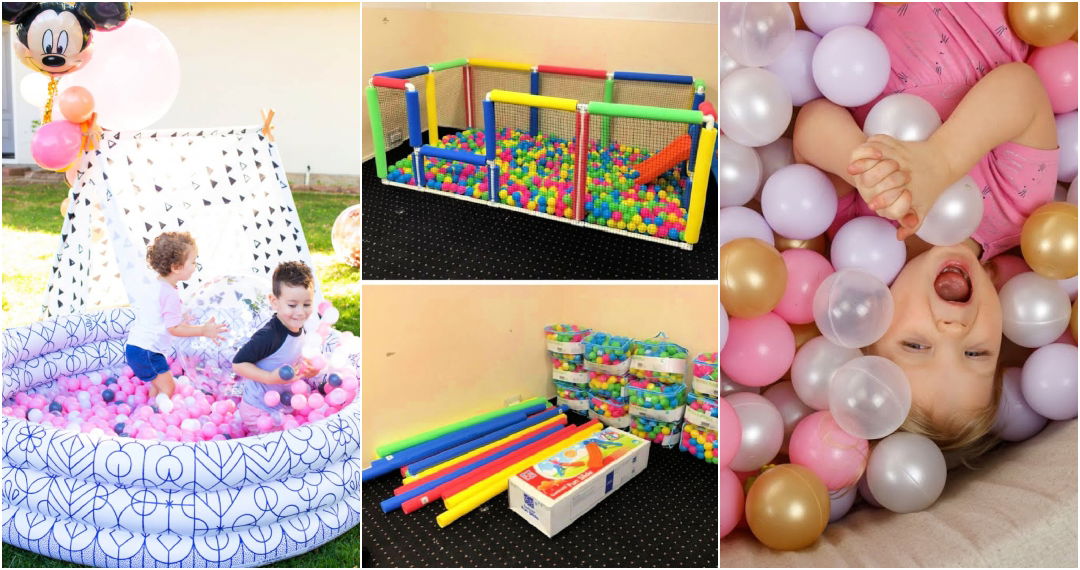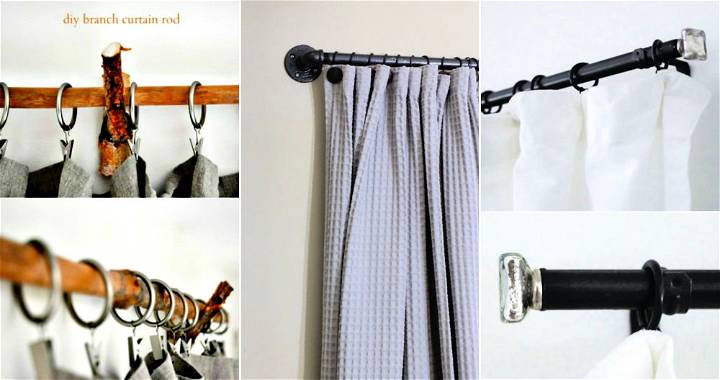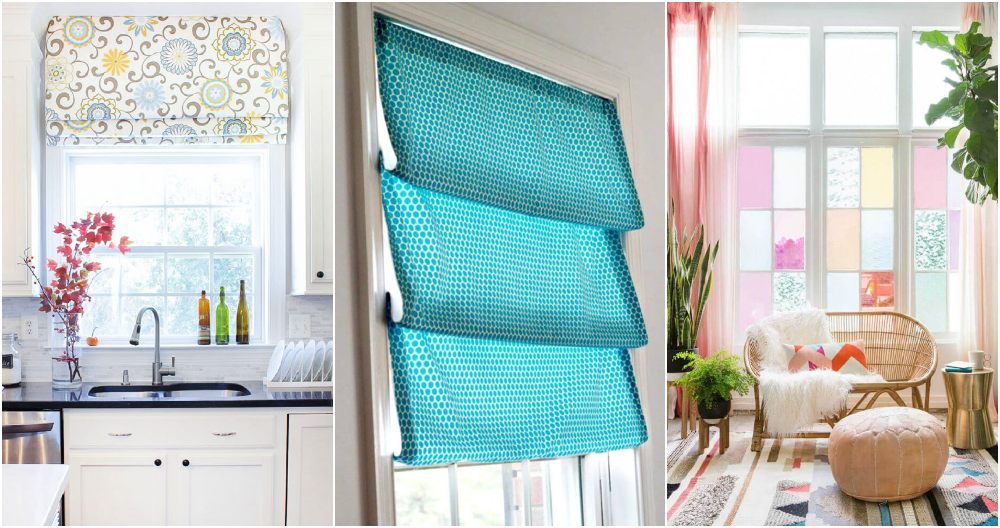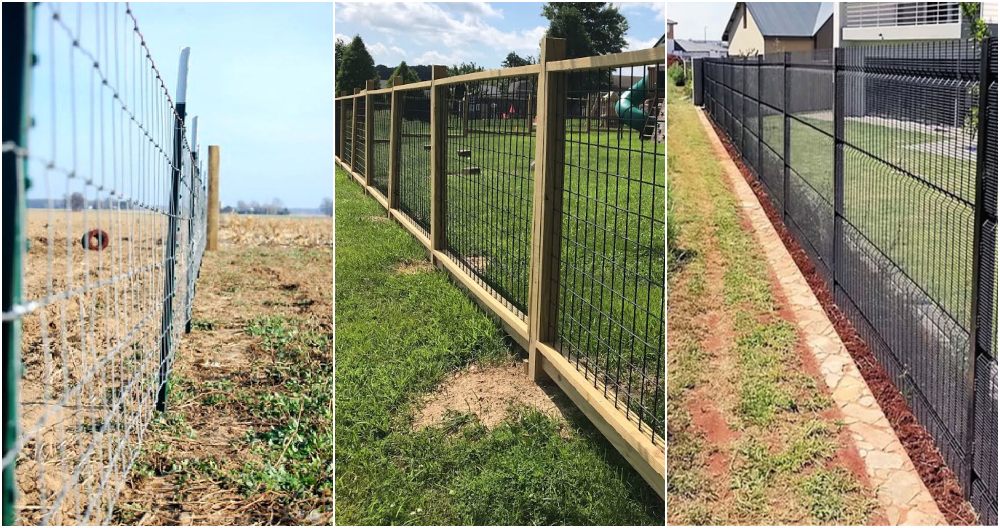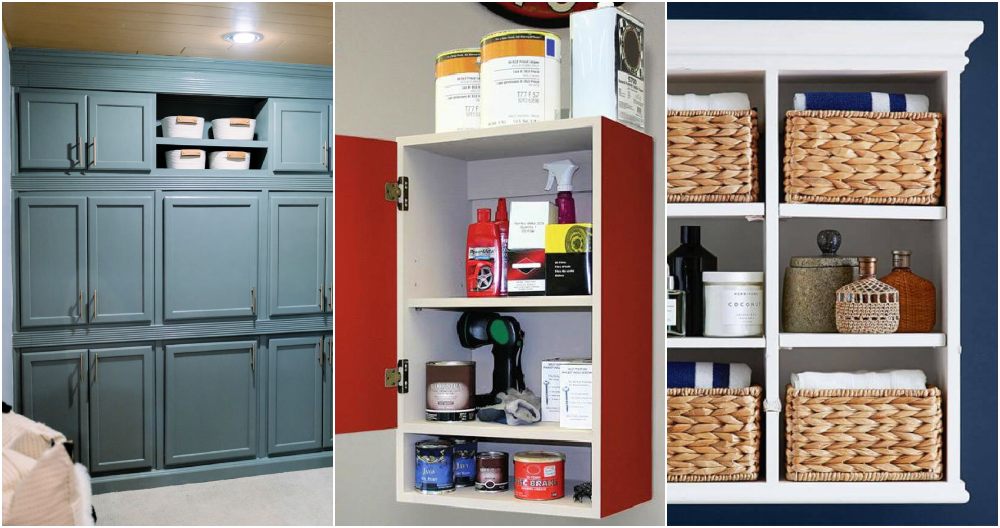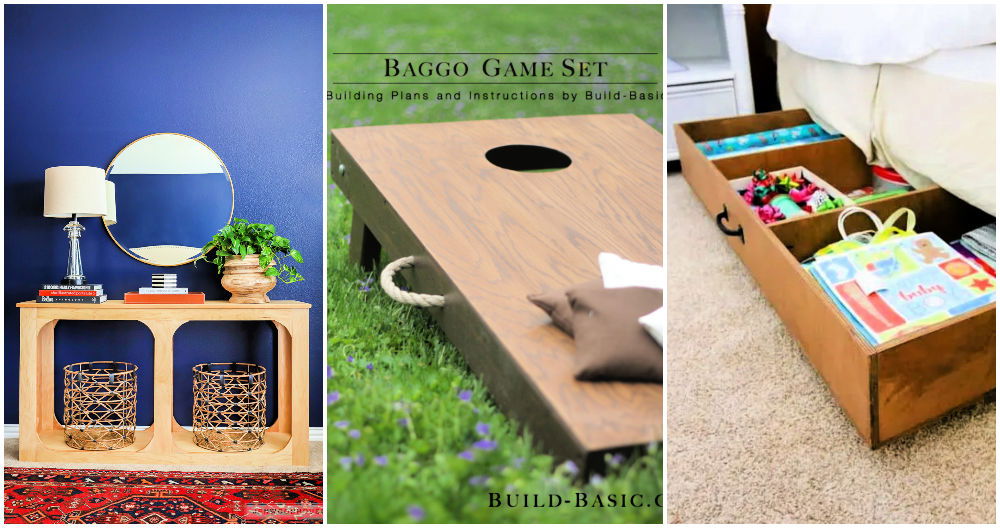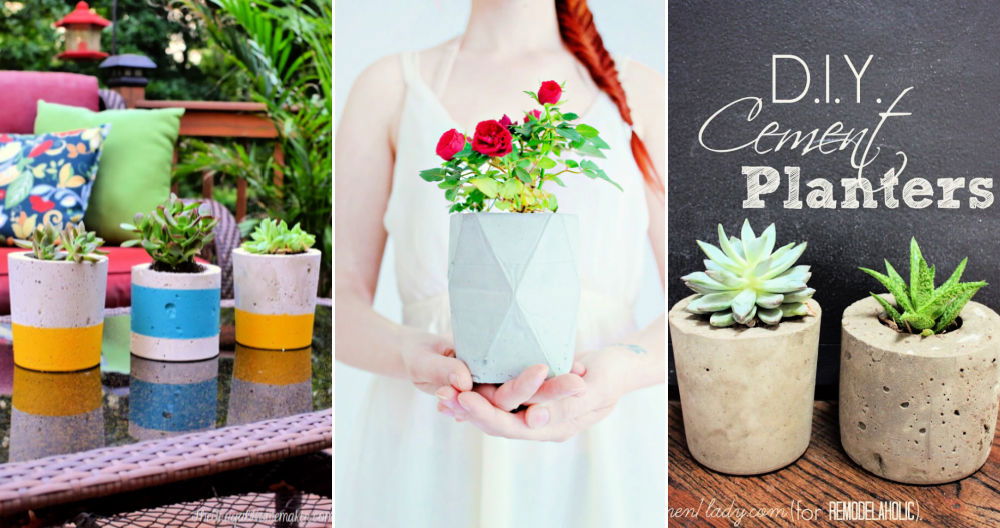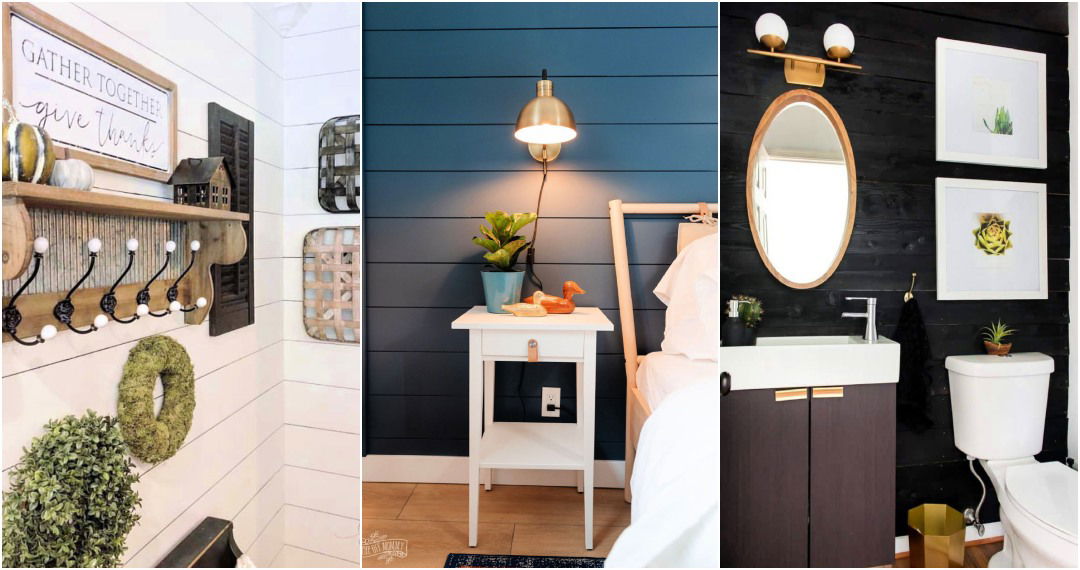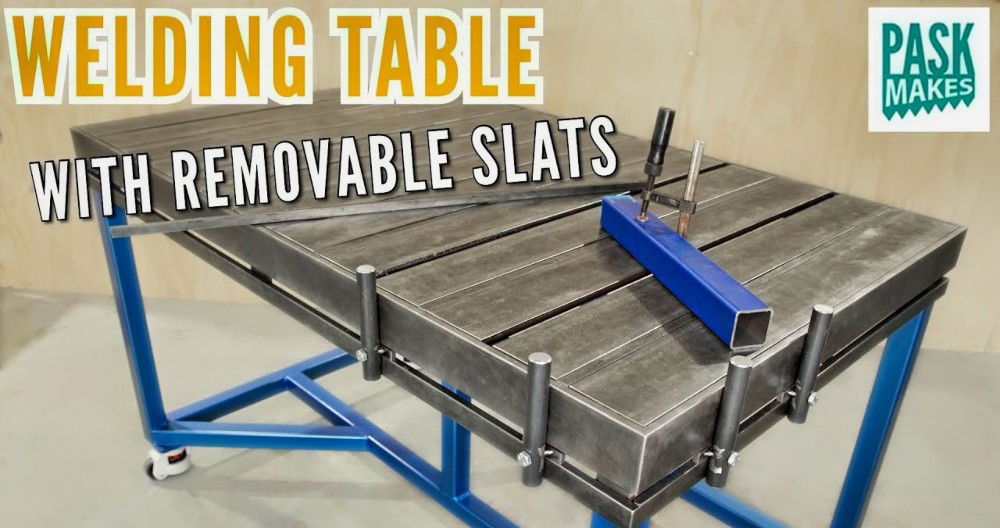Building a propane fire pit doesn't have to cost you a fortune. You can make a stylish and functional fire pit for under $200 with some basic materials and a bit of DIY spirit. This guide will walk you through making your own propane fire pit step by step.
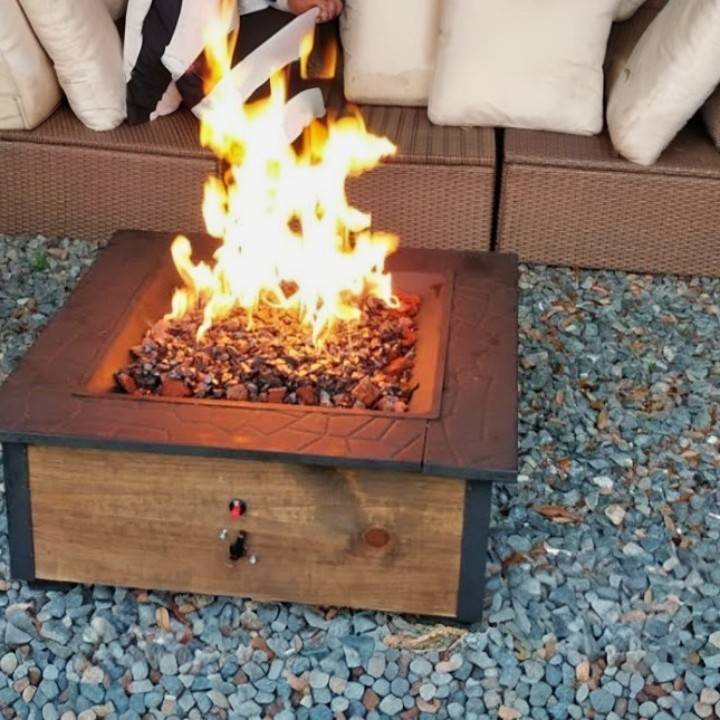
Step by Step Instructions
Looking for an affordable DIY propane fire pit? Discover how to make a cheap and easy propane fire pit with our simple guide.
Preparing the Materials
- Choose an Existing Fire Pit Frame: Start with a commonly available fire pit frame. These are often found on eBay or at local stores. Look for one that is simple and easy to assemble.
- Apply High Heat Paint: Coat the entire fire pit, especially if you're in a humid environment, with high heat-resistant paint to prevent rusting. This ensures durability and longevity.
Constructing the Burner
- Gather Materials for the Burner: You'll need black iron pipe (half-inch), including a T-connector and four 8-inch pipes. Also, gather caps for the pipe ends.
- Assemble the Burner: Connect the T-connector with the 8-inch pipes and close each end with caps. Choose the height of the flame by selecting the appropriate length of pipe to connect the burner to the gas source – either four and a half inches or three inches should work well.
Preparing for Gas Connection
- Optional Air Mixer: An air mixer is not mandatory but recommended for a cleaner flame. It mixes air with the gas for a more efficient burn. Skip if you're on a strict budget.
- Assemble Gas Components: Connect the air mixer (if using) to the burner assembly. Then, add a shut-off valve for easy gas control. Ensure all connections are secure to prevent leaks.
Installing the Burner
- Drill a Hole for the Burner: In the center of the fire pit bowl, drill a hole for the burner assembly. The size should match the pipe you're using.
- Secure the Burner: Place the burner assembly into the drilled hole and ensure it's centered and secure.
Finishing Touches
- Ignition System: For convenience, use a grill ignition system. This makes lighting the fire pit easy with just the push of a button. Install the ignition near one of the burner holes.
- Add Lava Rocks and Decorative Glass: Fill the bottom with lava rocks for even heat distribution. Then, add black decorative glass on top for aesthetics.
- Hide the Gas Tank: Use wood or a metal frame to build a cover around the base of the fire pit. This hides the gas tank and gives your fire pit a polished look.
Testing and Safety
- Check for Gas Leaks: Before the first use, check all connections for leaks using soapy water. Bubbles will form if there's a leak.
- Light It Up: Turn on the gas and use the ignition system to light the fire pit. Adjust the flame using the shut-off valve to your liking.
Maintenance
Regularly check the fire pit for rust or damage, especially if it's exposed to the elements. Repaint with high heat-resistant paint as needed.
Video Tutorial
For a step-by-step video tutorial on making a cheap DIY propane fire pit, watch Rocco's Modern Lifestyle on YouTube.
It pairs perfectly with this written guide, making the DIY process even clearer with visual demonstrations and expert tips.
Making a fire pit is for enjoyment with loved ones. Stay safe and have fun!
Troubleshooting Guide
Every propane fire pit owner may encounter some issues along the way. Here's a guide to help you troubleshoot common problems and their solutions.
Fire Pit Won't Light
If your fire pit won't light, it could be due to several reasons:
- Gas Supply: Check if there's enough gas in your propane tank. If it's empty, you'll need to refill it.
- Ignition System: Inspect the ignition system for any visible damages. If it's faulty, you may need to replace it.
- Air Mixer: The air mixer might be clogged. Clean it to ensure proper gas flow.
Flame is Too Low
A low flame could be due to insufficient gas pressure. Check the gas pressure on your propane tank. If it's too low, you might need to replace or refill your tank.
Gas Smell
If you smell gas, turn off the gas supply immediately. Check for leaks in your gas line using a soapy water solution. If bubbles form, there's a leak that needs immediate attention.
If you're unable to resolve the issue yourself, it's always best to consult with a professional. Safety should always be your top priority when dealing with propane fire pits.
Customization Ideas
Making a propane fire pit is not just about functionality, but also about adding a personal touch to your outdoor space. Here are some ideas to customize your propane fire pit.
Design Ideas
Choose a design that complements your outdoor decor. You could opt for a rustic look with a stone fire pit or go for a sleek modern design with a stainless steel one.
Fire Glass Colors
Fire glass is a great way to add some color and sparkle to your fire pit. It comes in a variety of colors, so you can choose one that matches your outdoor decor or even switch it up depending on the season or occasion.
Seating Area
Consider adding a seating area around your fire pit. This could be as simple as a few outdoor chairs or as elaborate as built-in seating with cushions and throw pillows.
The key to a great propane fire pit is to make it your own. So, don't be afraid to get creative and add your personal touch.
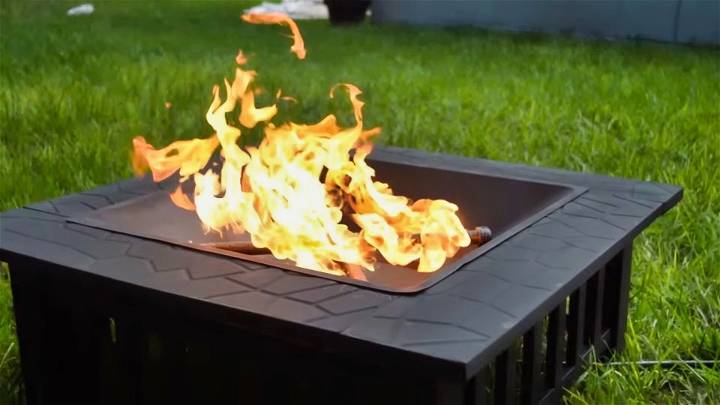
Environmental Impact
Understanding the environmental impact of using a propane fire pit is crucial. Here's how propane fire pits compare to traditional wood-burning fire pits.
Smoke Pollution
Unlike wood-burning fire pits, propane fire pits do not produce smoke. Smoke from wood fires contains fine particles that can cause respiratory problems and contribute to air pollution. By using a propane fire pit, you're reducing the amount of smoke and pollutants released into the atmosphere.
Efficiency of Propane
Propane is a highly efficient fuel source. It burns cleaner and hotter than wood, meaning you'll use less fuel to produce the same amount of heat. This efficiency makes propane a more sustainable choice for fire pits.
Sustainability of Propane
Propane is a byproduct of natural gas processing and petroleum refining. While it's not a renewable resource, it's widely available and has a lower carbon content than many other fuel sources. Using propane helps to reduce the demand for wood, aiding in forest conservation.
Every choice we make impacts the environment. By choosing a propane fire pit, you're making a choice that's not only good for you but also better for our planet.
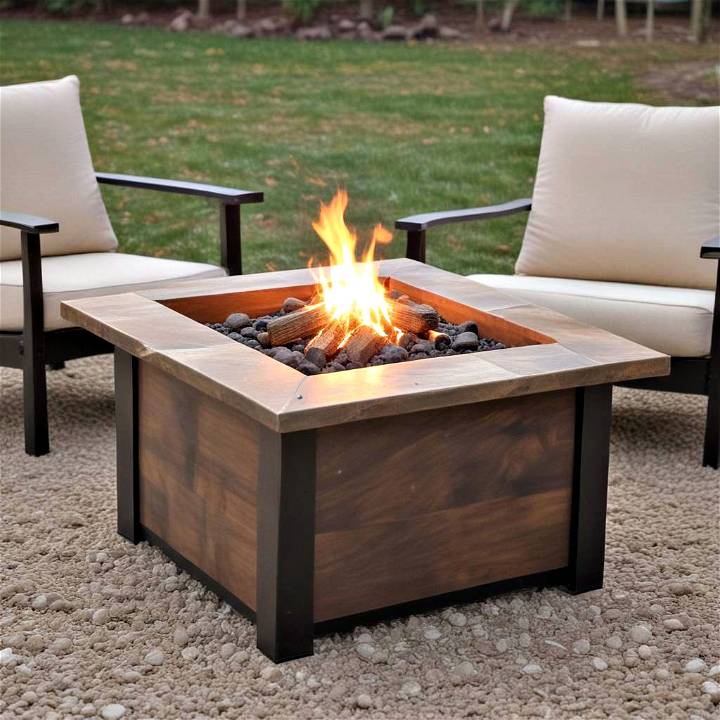
FAQs About Propane Fire Pits
This section aims to address some of the most common questions that readers might have about propane fire pits.
How Long Does a Propane Tank Last?
The duration of a propane tank can vary based on the size of the tank and the intensity of the fire. A standard 20-pound propane tank used at a moderate fire intensity can last approximately 8-10 hours.
Can I Cook on My Propane Fire Pit?
Yes, you can cook on your propane fire pit. However, it's important to use a grill grate or similar accessory to ensure food does not come into direct contact with the fire glass or rocks.
Is It Safe to Leave My Propane Fire Pit Unattended?
No, it's not safe to leave your propane fire pit unattended while it's lit. Always ensure the fire is completely extinguished before leaving the area.
Can I Use My Propane Fire Pit Under a Covered Patio?
While propane fire pits produce less smoke and sparks than wood-burning fire pits, they still produce heat. It's recommended to use your fire pit in an open area unless your patio cover is specifically designed to handle the heat output of your fire pit.
How Often Should I Clean My Propane Fire Pit?
It's recommended to clean your propane fire pit after each use. This helps to maintain its performance and prolong its lifespan.
Conclusion:
In conclusion, making your DIY propane fire pit can bring warmth and ambiance to your outdoor space. With the right materials and a bit of creativity, you can make a cozy gathering spot for family and friends.


